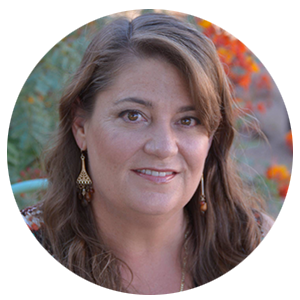You are monitoring the progress of your students on a daily basis. You have been taking pictures of your students while they engage in your planned activities. You’re adding those pictures to their portfolios with notes and sharing with parents. This is all important information that shows the child’s milestones.
But are those pictures telling you if the child understands the concepts you are teaching in class? You want to adapt your lessons to meet each child’s needs so you need to measure knowledge, skills and development for each child.
Formative Assessment
There is a way to get a better understanding of each child’s level of understanding. A formative assessment can help you to see if children can apply the lessons they are learning to different situations therefore showing the depth of their understanding. This information can help you plan individualized lessons for each child based on their understanding of concepts. This one-on-one assessment can be hard with a small staff and busy schedule, but an easy way to incorporate formative assessment is during transition times through the day.
Making the Most of In-Between Times with a Quick Formative Assessment
I was recently observing in a 3-year-old classroom and watched a teacher use transition time (from a large group activity to outside time) as an opportunity to engage in a meaningful, formative assessment.

During the large group activity (story time), the children used colored, dinosaur toys to follow along with the story. When story time ended, the teacher called the children up one at a time to put their dinosaurs away. The other children were encouraged to continue acting out parts of the story with their dinosaurs and friends.
As the children were called up, the teacher asked each child questions. Some children were asked to name the color of their dinosaur, while others were asked to find a dinosaur of a specific color in the bucket. One child was asked to pick a dinosaur out of the bucket that matched the one in his hand and to repeat the name of the color. Two children were asked to pull two dinosaurs of a specific color and then tell the teacher how many total dinosaurs they had together.
In this short amount of time, the teacher was able to see each child’s ability to match colors, communicate their understanding of colors, shapes and numbers and/or express their mastery of the concept of colors.
Transitions are a wonderful time to add in a formative assessment to help guide your understanding of what your students know and are able to do. When you are lesson planning, be sure to plan for how you will differentiate your formative assessments so that you can check-in to see where each child is along the spectrum of understand concepts, not just mastery of concepts.
Learn More
If you would like more information about ongoing assessment of children, the Arizona Department of Education has an assessment guide for pre-k through third grade.

Lisa Sutherland is the Director of Early Learning for Cognia, a school improvement and accrediting organization. Her favorite thing to do in the world after scuba diving is supporting early childhood programs in exploring what elements of continuous improvement will be most meaningful for their organization and how to implement them.
